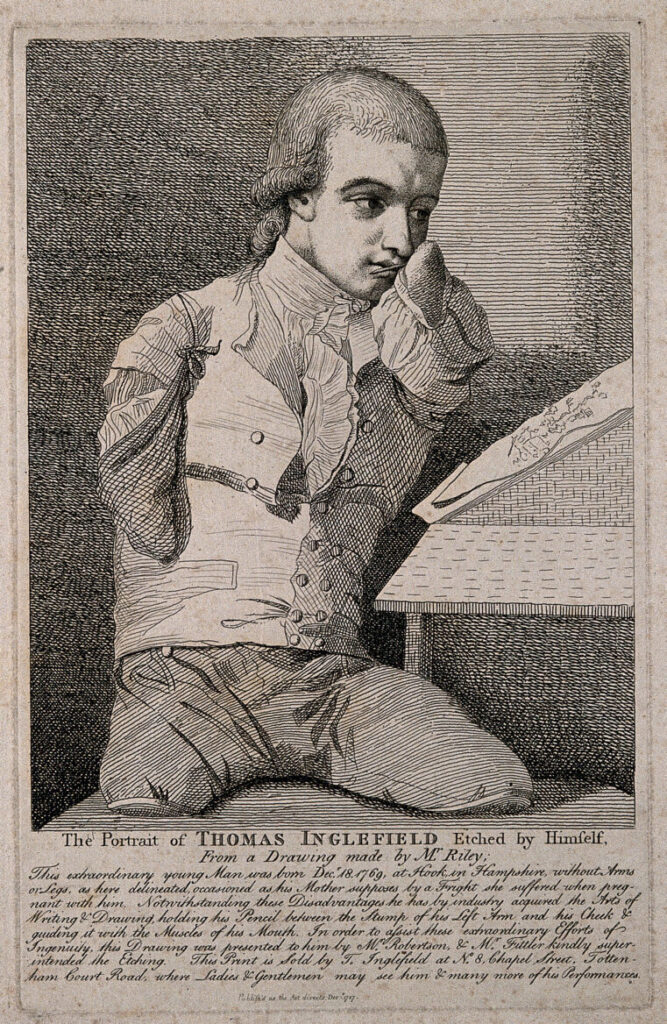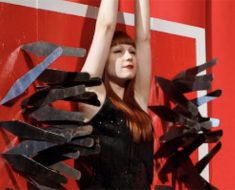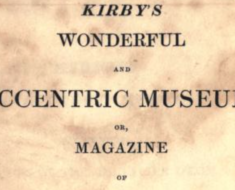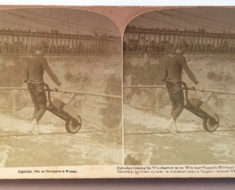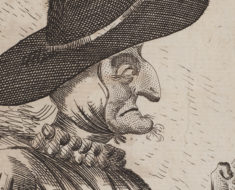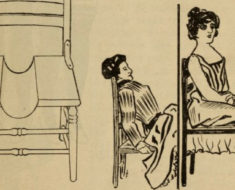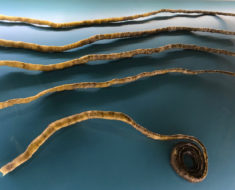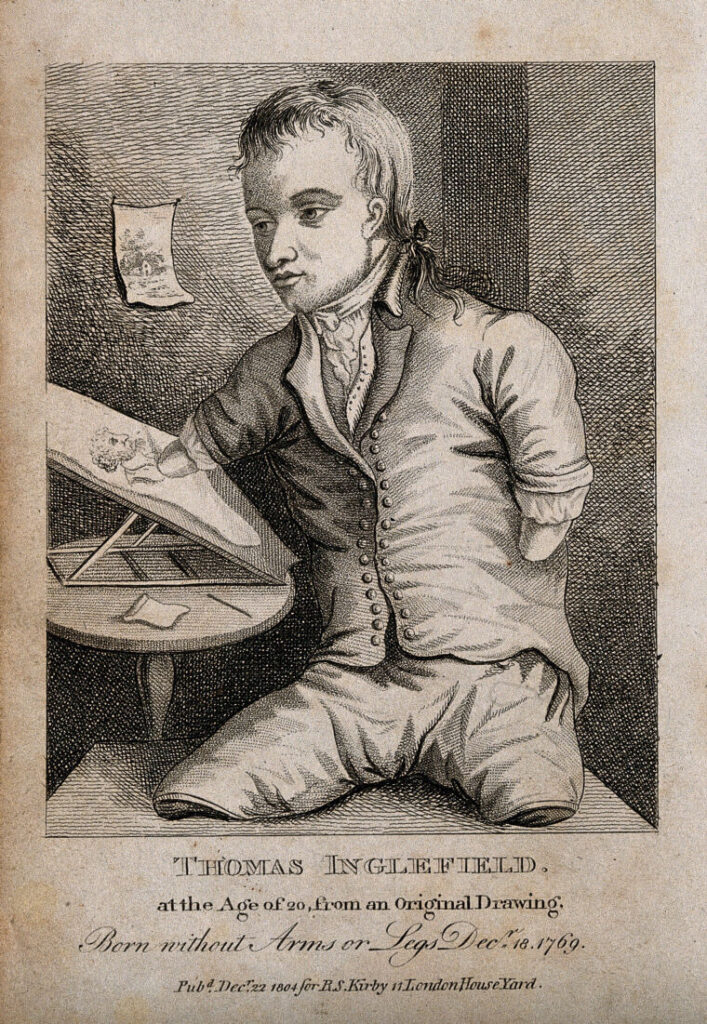
In centuries past, maternal impression was often given as a reason for children born with an anomaly. The most famous case is that of Joseph Merrick, the Elephant Man. It was believed that his mother had been frightened by an elephant during her pregnancy. Her memory of the startling event allegedly left an “imprint” on the developing baby.
Another case was Thomas Inglefield, who was born without arms or legs in 1769. According to an account of his life in Kirby’s Wonderful and Eccentric Museum, Vol. 3 from 1820, his maternal impression was simply due to a “fright.” No further details are offered. Yet, despite lacking full limbs, Inglefield compensated with his stumps and the muscles of his mouth to hold a pencil and become an artist.
Amazing as Inglefield was, he’s lesser known today than his predecessor, Matthew Buchinger, the Little Man of Nuremberg (1674-1722). Buchinger was also born without arms or legs and became artist, magician, musician, marksman, and a father eleven times over. You can read more about him here, and more about Inglefield by staying on this page. The text that follows below is from Kirby’s:
IT is a proposition which, though trite, is not the less true, that nature compensates for the deficiencies observed in some of her works, by peculiar advantages. Thus among the animals with which she has peopled the surface of the globe, we universally find that what one wants in strength or courage, it possesses in artifice and cunning. In the same manner, the mole, whose defect of the organs of sight is so notorious, is endowed with powers of hearing so acute and so delicate, as to be enabled by means of them, to shun the most imminent dangers with which it may be threatened. That this principle likewise extends to the human species, the subject of the present article furnishes a remarkable instance.
Thomas Inglefield was born December 18, 1769, at Hook, in Hampshire. He came into the world without either arms or legs; and this extraordinary conformation is supposed to have been the consequence of a fright which his mother experienced during her pregnancy.
Though nature, by denying him those members appeared to have rendered him unfit for almost all the purposes of life, yet she had bestowed on him such industry and ingenuity, that, notwithstanding the great disadvantages under which he laboured, he acquired the arts of writing and drawing. For a person in his situation, these exertions appear almost incredible: but it is not the less true, that Mr. Inglefield himself etched portraits and other drawings very neatly. The manner in which, by long practice, he attained the facility of performing these operations, was by holding his pencil between the stump of his left arm and his cheek, and guiding it with the muscles of his mouth.
Mr. Inglefield resided some years since at No. 8, in Chapel-street, Tottenham-court-road, London, and was visited by most of the nobility and gentry, to witness his performances, by which he obtained many presents; but whether he is still living or not, we have not been able to ascertain.
